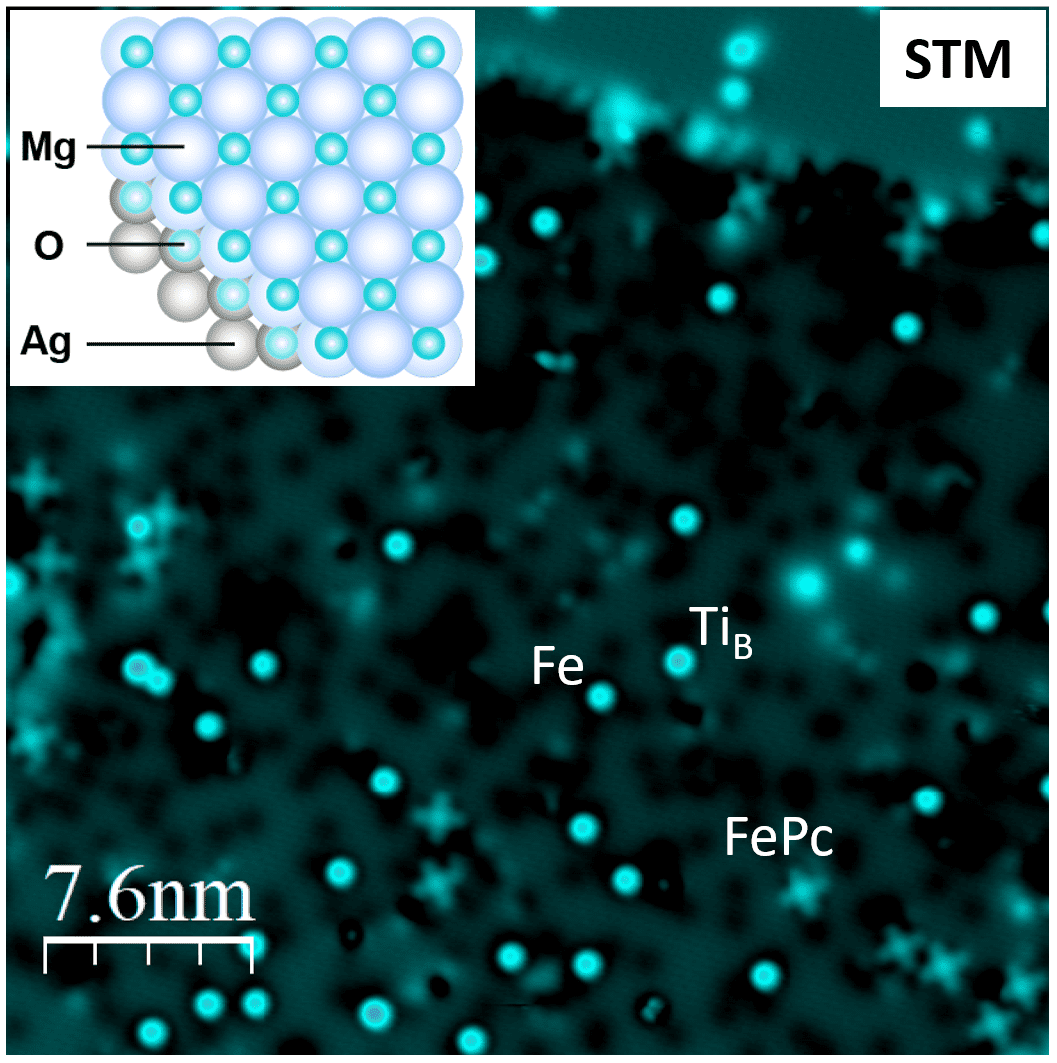주메뉴
- About IBS 연구원소개
-
Research Centers
연구단소개
- Research Outcomes
- Mathematics
- Physics
- Center for Underground Physics
- Center for Theoretical Physics of the Universe (Particle Theory and Cosmology Group)
- Center for Theoretical Physics of the Universe (Cosmology, Gravity and Astroparticle Physics Group)
- Dark Matter Axion Group
- Center for Artificial Low Dimensional Electronic Systems
- Center for Theoretical Physics of Complex Systems
- Center for Quantum Nanoscience
- Center for Exotic Nuclear Studies
- Center for Van der Waals Quantum Solids
- Center for Relativistic Laser Science
- Chemistry
- Life Sciences
- Earth Science
- Interdisciplinary
- Center for Neuroscience Imaging Research (Neuro Technology Group)
- Center for Neuroscience Imaging Research (Cognitive and Computational Neuroscience Group)
- Center for Algorithmic and Robotized Synthesis
- Center for Genome Engineering
- Center for Nanomedicine
- Center for Biomolecular and Cellular Structure
- Center for 2D Quantum Heterostructures
- Center for Quantum Conversion Research
- Institutes
- Korea Virus Research Institute
- News Center 뉴스 센터
- Career 인재초빙
- Living in Korea IBS School-UST
- IBS School 윤리경영


주메뉴
- About IBS
-
Research Centers
- Research Outcomes
- Mathematics
- Physics
- Center for Underground Physics
- Center for Theoretical Physics of the Universe (Particle Theory and Cosmology Group)
- Center for Theoretical Physics of the Universe (Cosmology, Gravity and Astroparticle Physics Group)
- Dark Matter Axion Group
- Center for Artificial Low Dimensional Electronic Systems
- Center for Theoretical Physics of Complex Systems
- Center for Quantum Nanoscience
- Center for Exotic Nuclear Studies
- Center for Van der Waals Quantum Solids
- Center for Relativistic Laser Science
- Chemistry
- Life Sciences
- Earth Science
- Interdisciplinary
- Center for Neuroscience Imaging Research (Neuro Technology Group)
- Center for Neuroscience Imaging Research (Cognitive and Computational Neuroscience Group)
- Center for Algorithmic and Robotized Synthesis
- Center for Genome Engineering
- Center for Nanomedicine
- Center for Biomolecular and Cellular Structure
- Center for 2D Quantum Heterostructures
- Center for Quantum Conversion Research
- Institutes
- Korea Virus Research Institute
- News Center
- Career
- Living in Korea
- IBS School
News Center
ESR-STM on single molecules and molecule-based structures- Engineering quantum states of molecules on surfaces - Scaling down information devices to the atomic scale has brought the interest of using individual spins as a basic unit for data storage. This requires precise detection and control of spin states and a better understanding of spin-spin interactions. For the first time ever, scientists at the IBS Center for Quantum Nanoscience at Ewha Womans University (QNS) have imaged the spin of an individual molecule using electron spin resonance in a scanning tunneling microscope. This achievement, published this month in Nature Chemistry, harnessed the power of synthetic chemistry to control the electron spin of a molecule. A scanning tunneling microscope (STM) has the ability to see exact atomic structures, atom by atom, at a level that is not possible with other techniques. This study uses an electric microwave applied to the STM tip to drive electron spin resonance (ESR) on single molecules and investigate the magnetic interaction between two molecules using this technique. “Employing single molecules in atomic-scale quantum-control studies is always of high interest and importance. This work sheds light on some intriguing magnetic interactions between non-localized spins, which is crucial for developing molecule-based spintronic devices,” says the paper’s first author, Dr. Xue Zhang. Fe, Ti atoms, and FePc molecules were co-deposited on the surface of a thin magnesium oxide film grown on a silver substrate. They were then imaged and probed using an STM equipped with ESR capabilities. This work has extended the ESR experimental platform from single atoms to a much broader class of matter – magnetic molecules, which brings many more possibilities to perform quantum control on single magnetic molecules. Electron spin resonance is widely employed in biology and chemistry to determine the structure of unknown molecules and to measure the dynamic properties of spins in these molecules. ESR is a cousin of magnetic resonance imaging (MRI) that most people are familiar with from hospital visits. ESR is also an essential tool in the emerging research field of quantum-coherent nanoscience, where the quantum properties of spins are utilized for quantum computation and quantum information science. “It is impressive to see that the intermolecular interaction can be investigated with an energy resolution in the nano-electron volt precision. Certainly, we should explore more unknowns with this fantastic ESR-STM technique,” says Yu Wang of QNS.
Notes for editors - References - Media Contact - About the Institute for Basic Science (IBS) - About the Center for Quantum Nanoscience (QNS) |
|||
|
|
| Next | |
|---|---|
| before |
- Content Manager
- Public Relations Team : Yim Ji Yeob 042-878-8173
- Last Update 2023-11-28 14:20












